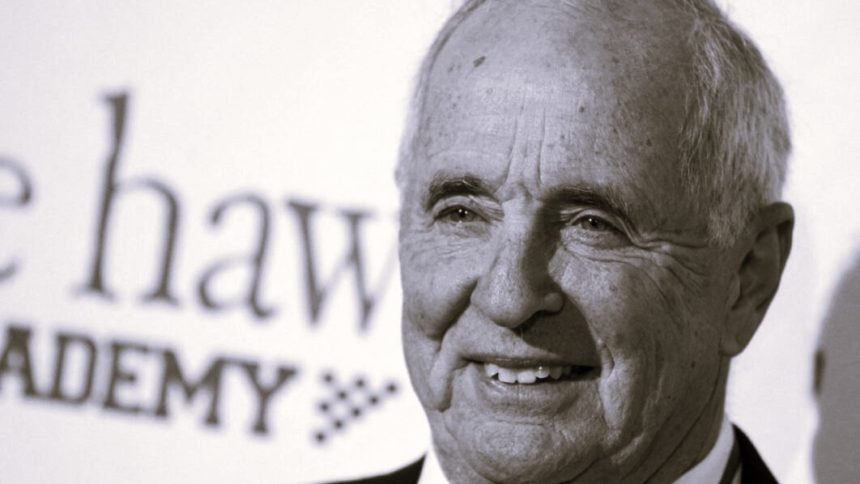William Alison Anders, the astronaut known for capturing the iconic “Earthrise” photo, has died at age 90.
As confirmed by his son Greg, Anders passed away on a Friday morning when the small plane he was piloting crashed into the water near Roche Harbor, Washington.
Born on October 17, 1933, Anders had a distinguished career that spanned military and space exploration. He joined the Air Force and eventually became a major general in the Air Force Reserve.
However, he is best known for his role as a major during NASA’s historic Apollo 8 mission in 1968. This mission was the first to send humans into orbit around the moon, marking a significant milestone in space exploration.
During the mission, on Christmas Eve, Anders and his fellow astronauts, Frank Borman and Jim Lovell, took turns photographing the Earth as it rose over the moon’s horizon.
READ ALSO: Students create AI that can guess your location from a single image
Anders was the only one shooting in color, and it was his exclamation, captured on the onboard tape recorder—“Oh my God, look at that picture over there! There’s the Earth comin’ up. Wow, is that pretty!”—that signaled the moment he took the famous “Earthrise” photograph.

This photo, which showed the Earth’s delicate and solitary presence in the vastness of space, became a powerful image for the burgeoning environmental movement.
It also showed the fragility and unity of our planet, echoing sentiments that Earth Day Network President Kathleen Rogers would later voice.
She noted that “Earthrise” confirmed the movement’s belief in the shared nature of Earth’s environment and the finite nature of its resources, highlighting the profound impact of industrial development.
After leaving NASA, Anders continued to serve in various roles, including as chairman and CEO of General Dynamics, a major American aerospace and defense company.
Despite his many accomplishments, he often reflected on the lasting impact of the “Earthrise” photo. In a 2015 interview, he said, “Here we came all the way to the moon to discover Earth,” emphasizing how that single image resonated more deeply with people than the mission itself.
William A. Anders’s legacy extends beyond his contributions to space exploration; he also played a crucial role in raising awareness about our planet’s environment, reminding us of Earth’s beauty and fragility through his lens.














